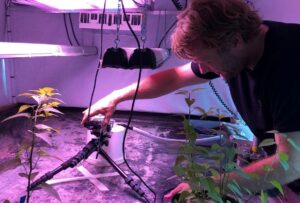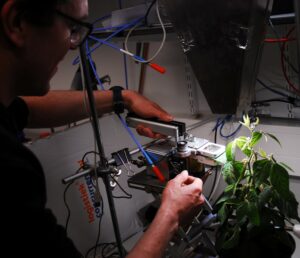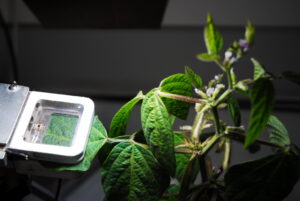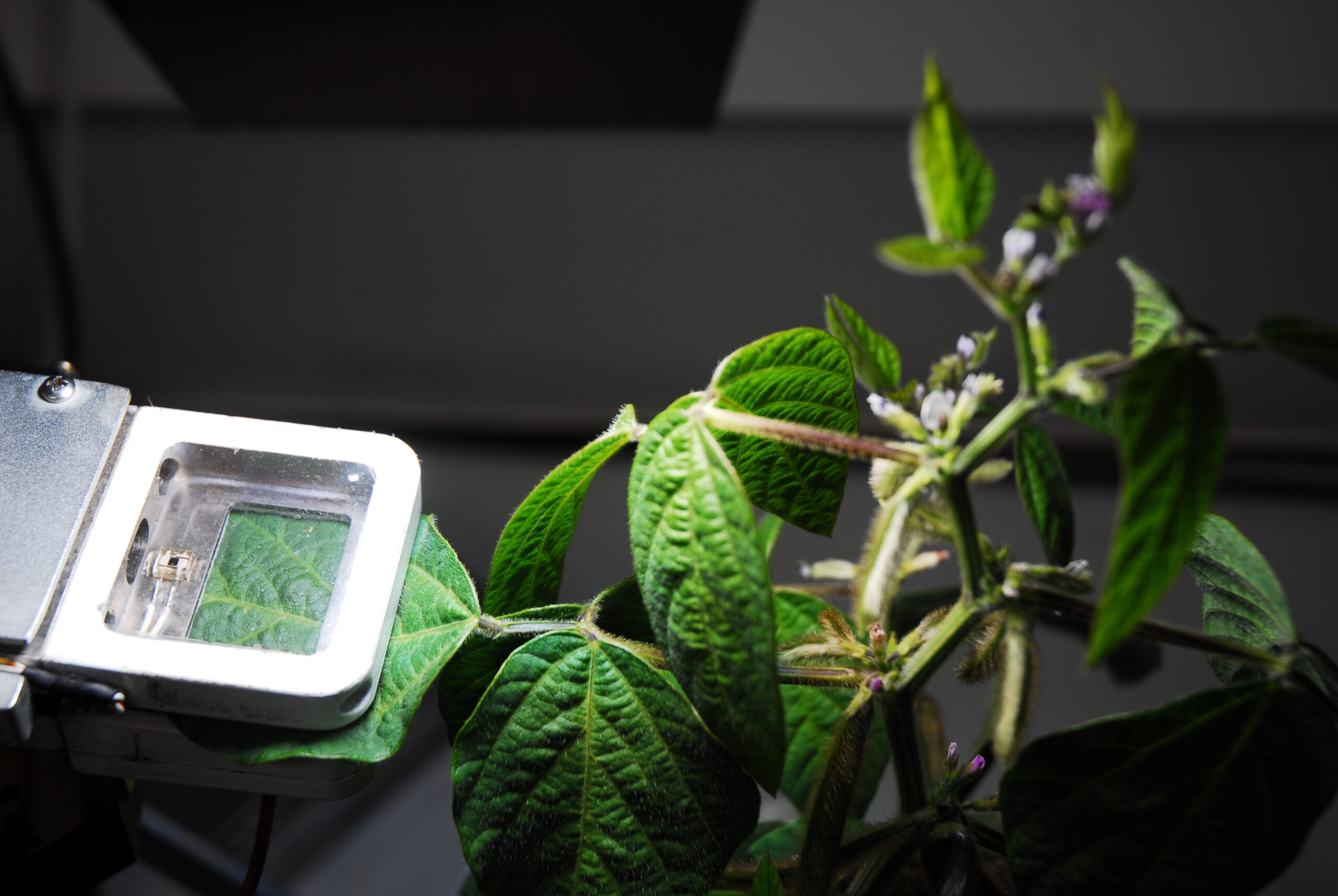Recent research from Utrecht University and Wageningen University & Research (WUR) has discovered that plants growing in the shade receive more light than previously understood. This discovery, detailed in the journal Plant Cell & Environment, deepens our understanding of photosynthesis under low-light conditions.
LEMONTREE’s Dr. Hugo de Boer, an experimental scientist at Utrecht University, explains that plants shaded by others receive a higher proportion of green and far-red light. While traditional models posited that plants primarily utilize visible light (400 to 700 nm) for photosynthesis, this study reveals that the far-red spectrum (700 to 750 nm) significantly contributes to the process when combined with visible light.
PhD candidate Tinko Jans from WUR notes that previous experiments with monochromatic light underestimated the role of far-red light in photosynthesis. The team’s innovative method for measuring and modelling this contribution challenges longstanding assumptions and opens new avenues for optimiing plant growth in shaded environments.
![]()
Enhancing the FvCB Model
At the heart of the study is the adaptation of the Farquhar, von Caemmerer and Berry (FvCB) model—a cornerstone in photosynthesis research. Originally designed to predict carbon assimilation based on factors like temperature, CO₂ and O₂ partial pressures, and light intensity, this model was expanded to incorporate the impact of far-red light. This enhancement offers a more accurate representation of photosynthesis in shaded environments where far-red light often dominates.
Methodology and Key Findings
The research team combined experimental and computational methods to quantify the effects of far-red light on photosynthesis. They measured gas exchange parameters and light spectra in three plant species:
- Solanum dulcamara (bittersweet nightshade),
- Lactuca sativa (lettuce), and
- Phaseolus vulgaris (common bean).
By analyzing wavelength-dependent light harvesting, they calculated how far-red light stimulates Photosystem I and Photosystem II, the two essential components of photosynthesis. The researchers introduced a parameter, ρ, to standardize the effect of far-red light stimulation across various conditions. Their findings showed that far-red light consistently enhances photosynthesis, even in the lower light levels characteristic of shaded environments.
“The available mathematical models and measurement methods were based on the assumption that plants only use light from the visible spectrum” Hugo de Boer

Hugo emphasizes that the study’s findings necessitated adapting existing photosynthesis models (such as FvCB-Model), which traditionally excluded the far-red spectrum. By incorporating these wavelengths, the research provides a more comprehensive understanding of plant light utilization, offering potential strategies for enhancing photosynthesis in low-light conditions.


This research and the wider LEMONTREE project, focuses on developing advanced land ecosystem models by integrating new theories, observations, and experiments. For more insights into the LEMONTREE experimental work, visit our webpage or you can read the full paper here:
Tinko, J.B., Mossink, L., Wassenaar, M., Wientjes, E., Driever, S., Huber, M. Pierik, R. & de Boer, H.J. 2025. Coupling modelling and experiments to analyse leaf photosynthesis under far-red light. Plant, Cell & Environment, https://doi.org/10.1111/pce.15340

